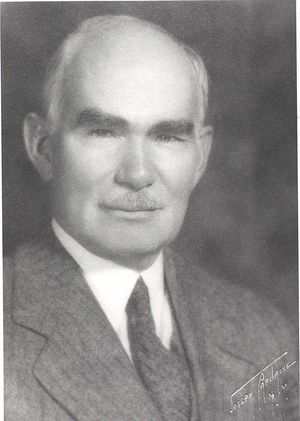Audion Piano
Lee De Forest, inventor of the triode electron tube, the Audion, also invented one of the first electronic musical instruments, the Audion piano. Invented in 1915, De Forest’s simple keyboard instrument used electron tubes in circuits called “oscillators,” which produced electromagnetic waves at a particular frequency. The waves were fed to a loudspeaker to make them audible.
In the Audion piano each “octave,” or set of eight notes on the keyboard, had a single electron tube dedicated to it, so that only one note per octave could be played at a time. So, while the Audion Piano could not play ordinary chords (complementary sets of keys) like a regular piano, it did produce some interesting musical sounds. In fact, because the wave-form of the oscillations could be modified to suit the player, the piano could produce many different kinds of sounds. De Forest described the sound of the piano as “resembling a violin, cello, woodwind, muted brass,” or even as an entirely new sound never before possible with ordinary instruments. Sometimes, he admitted, the sound was grating and unpleasant, leading the inventor to nickname his instrument the “squawk-a-phone.”
De Forest demonstrated the Audion Piano to audiences in 1915. Unfortunately, around the same time, he became embroiled in a stock-fraud scandal and later faced many financial and legal hardships, which affected his work. When he returned to inventing some time later, his interests had shifted and he never actively sought to manufacture and sell the instrument. It would remain for other inventors to popularize the electronic musical instrument, but the Audion piano is recognized as one of the very first attempts to use the new technology of electronics to make music, and it is notable that De Forest, the "father" of the electron tube, was the one who did it.
